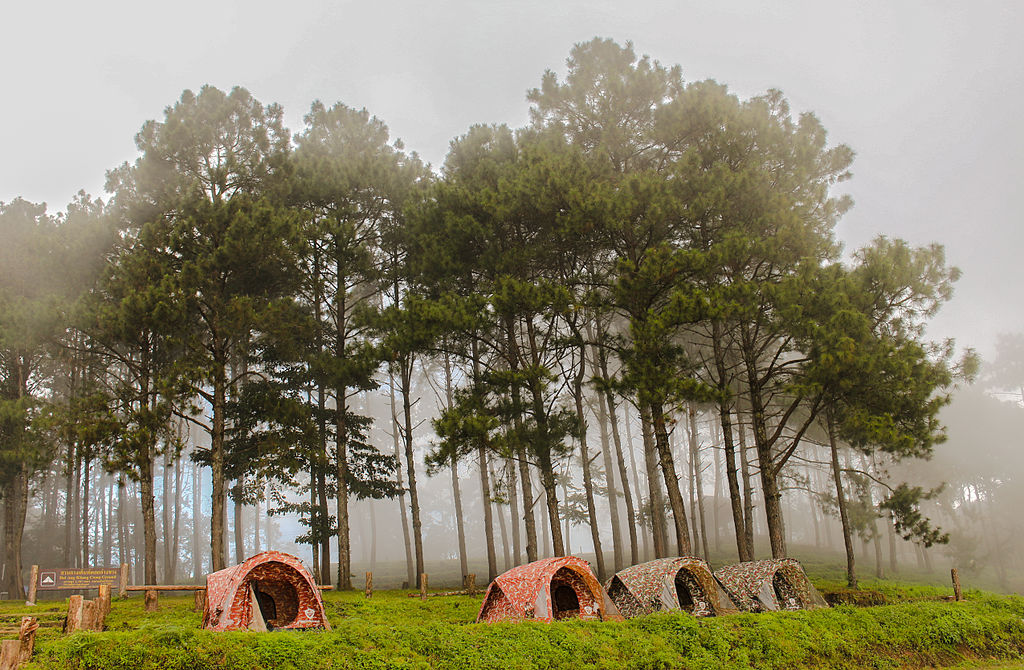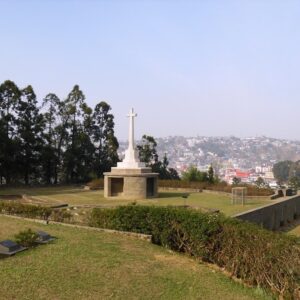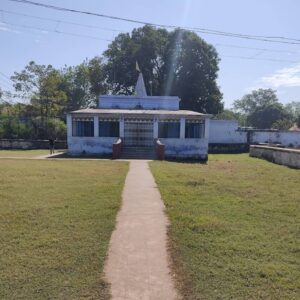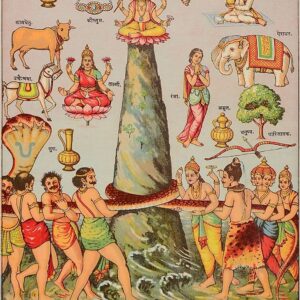Chiang Mai is the second largest Province (changwat) of Thailand. It lies in upper northern Thailand and has a population of 1.78 million people. It is bordered by Chiang Rai to the northeast, Lampang and Lamphun to the south, Tak to the southwest, Mae Hong Son to the west, and Shan State of Burma to the north. The capital, Chiang Mai, is 685 kilometres (426 mi) north of Bangkok.
Geography
Chiang Mai province is about 685 km (426 mi) from Bangkok in the Mae Ping River basin and is on average at 300 m (1,000 ft) elevation. Surrounded by the mountain ranges of the Thai highlands, it covers an area of approximately 22,135 km2 (9,000 sq mi). The mountains of the Daen Lao Range (ทิวเขาแดนลาว) at the north end of the province, the Thanon Thong Chai Range (เทือกเขาถนนธงชัย) with the highest mountain in Thailand, Doi Inthanon at 2,565 metres (8,415 ft), stretching in a north–south direction, and the Khun Tan Range in the east of the province are covered by rain forest. The Mae Ping, one of the major tributaries of the Chao Phraya River, originates in the Daen Lao mountains. Several national parks are in the province: Doi Inthanon, Doi Suthep-Pui, Ob Luang, Sri Lanna, Huai Nam Dang, Mae Wang, and Pha Daeng. The total forest area is 15,404 km2 (5,948 sq mi) or 69.6 percent of provincial area.
National parks
There are fifteen national parks, making up region 16 of Thailand’s protected areas.
Si Lanna National Park, 1,405 km2 (542 sq mi)
Huai Nam Dang National Park, 1,252 km2 (483 sq mi)
Pha Daeng National Park, 1,123 km2 (434 sq mi)
Mae Ping National Park, 1,004 km2 (388 sq mi)
Op Luang National Park, 553 km2 (214 sq mi)
Doi Pha Hom Pok National Park, 524 km2 (202 sq mi)
Doi Inthanon National Park, 482 km2 (186 sq mi)
Mae Tho National Park, 433 km2 (167 sq mi)
Mae Takrai National Park, 354 km2 (137 sq mi)
Doi Wiang Pha National Park, 303 km2 (117 sq mi)
Doi Suthep–Pui National Park, 257 km2 (99 sq mi)
Op Khan National Park, 227 km2 (88 sq mi)
Khun Khan National Park, 208 km2 (80 sq mi)
Mae Wang National Park, 119 km2 (46 sq mi)
Namtok Bua Tong–Namphu Chet Si National Park, 86 km2 (33 sq mi)
Wildlife sanctuaries
There are four wildlife sanctuaries, make up region 16 of Thailand’s protected areas.
Omkoi Wildlife Sanctuary, 1,224 km2 (473 sq mi)
Chiang Dao Wildlife Sanctuary, 521 km2 (201 sq mi)
Mae Lao–Mae Sae Wildlife Sanctuary, 514 km2 (198 sq mi)
Samoeng Wildlife Sanctuary, 194 km2 (75 sq mi)
Climate
Chiang Mai has a tropical wet and dry climate (Köppen Aw), tempered by the low latitude and moderate elevation, with warm to hot weather year-round, though nighttime conditions during the dry season can be cool and are much lower than daytime highs. The maximum temperature ever recorded is 42.4 °C (108.3 °F) in May 2005.
History
Main articles: Kingdom of Chiang Mai and Lan Na Kingdom
The city of Chiang Mai, the capital of Chiang Mai province, was also capital of the Lanna Kingdom after its founding in 1296, during the same period of time as the establishment of the Sukhothai Kingdom. From then, Chiang Mai not only became the capital and cultural core of the Lanna Kingdom, but also the centre of Buddhism in northern Thailand. King Meng Rai built many temples in the region.
In 1558, Chiang Mai became a colony of the First Toungoo Empire. Chiang Mai remained its colony for more than 200 years, until the Burmese–Siamese War (1775–1776). In 1774 the Burmese colonial regime were finally driven out of Chiang Mai by a coalition of Lanna and Siamese forces and it then became a tributary state of Siam, which later installed a Lanna chieftain ally, Kawila, to independently rule over Lampang and Chiang Mai region as a monarch.
In the reign of King Rama V of Siam, under his administrative centralization policy and due to the ineptitude of Chiang Mai’s ruling family, Chiang Mai eventually lost its independence, was annexed and became a second level subdivision of Siam.
From 1933 on, Chiang Mai received its status as a “province” of Siam and has remained so until the present day.
Mueang Chiang Mai District
Chiang Mai
Thailand




















Reviews
There are no reviews yet